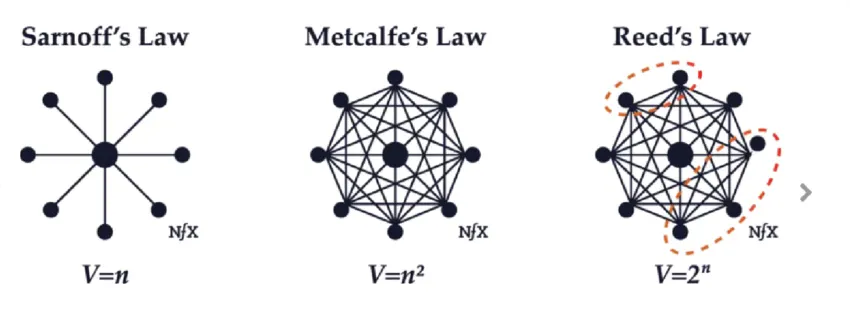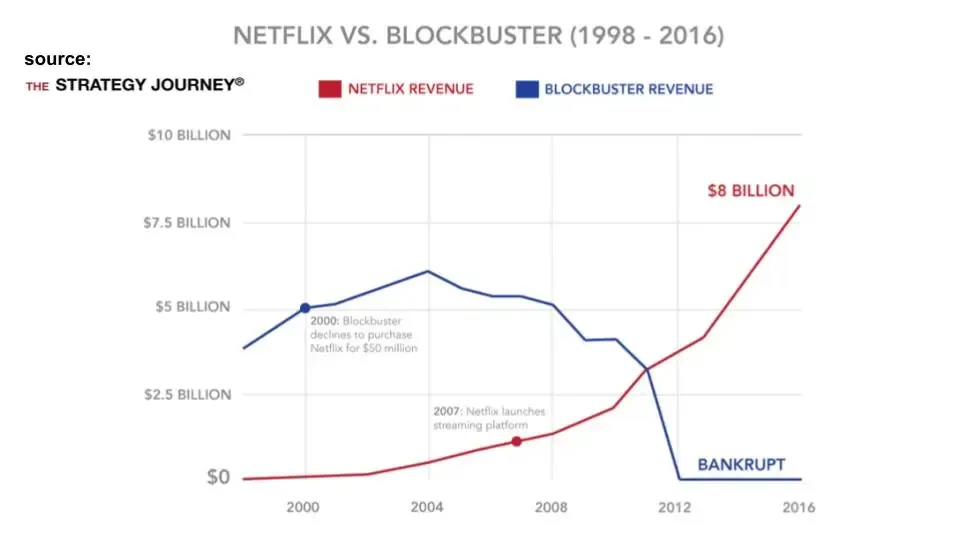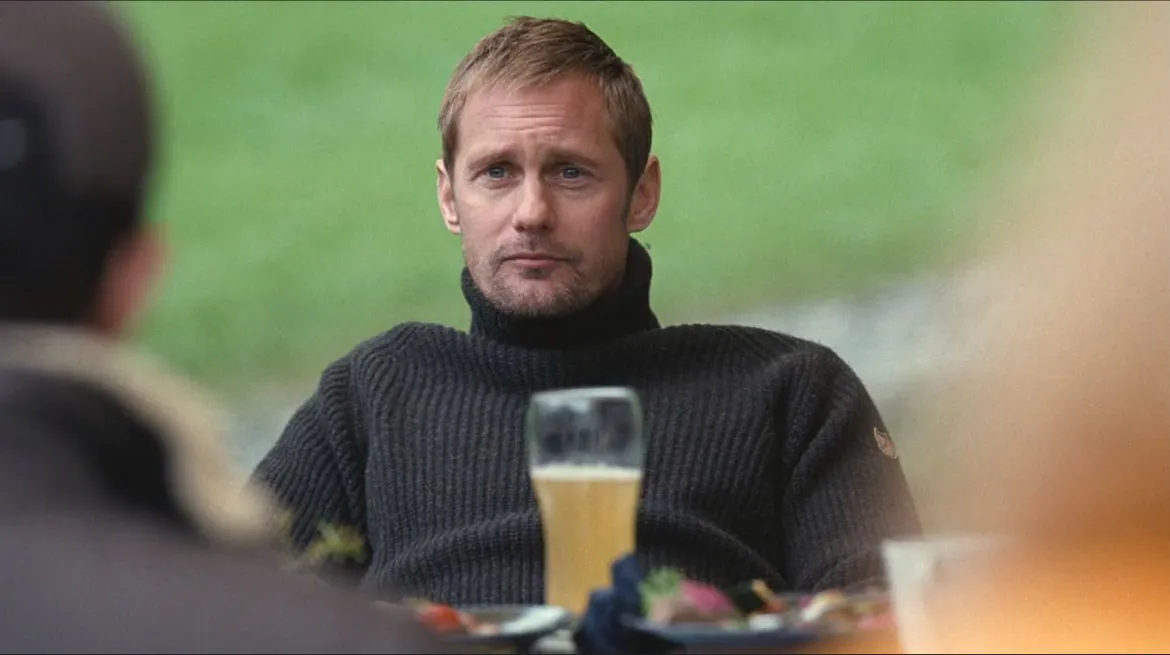Volatility in real estate
Hello
Writing is thinking - my way of exploring things, ideas, concepts. In 2025, I’m going down the commercial real estate rabbit hole, with tech as my flashlight. This post marks the first step down.
Enjoy the rabbit hole
Tom
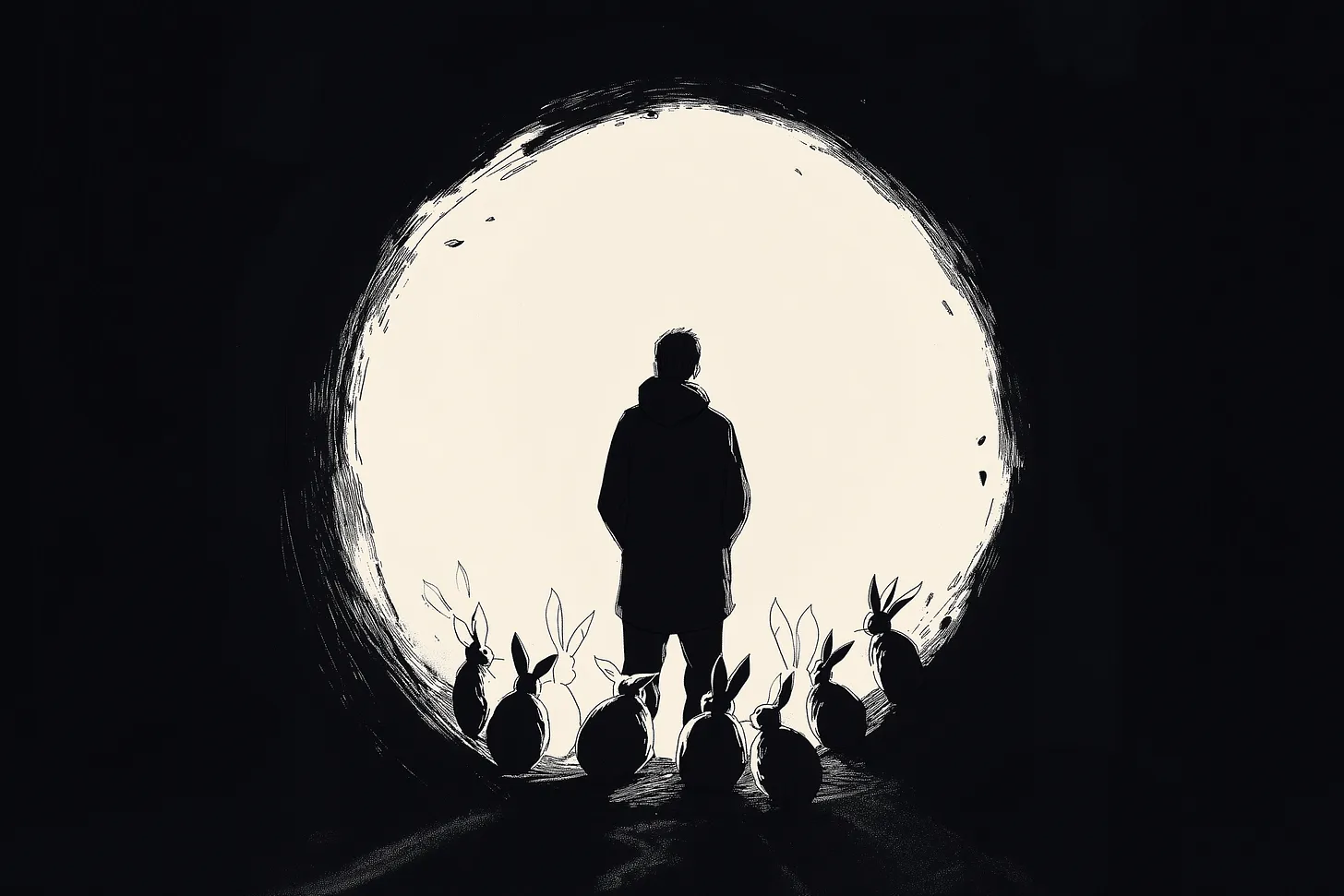 Midjourney prompt: “a tech guy in front of a rabbit hole, coal sketch”
Midjourney prompt: “a tech guy in front of a rabbit hole, coal sketch”
Flashlight - ON. So many bunnies here.
Volatility is what separates the old world from the new. The logic is simple: technology, with its natural function of doing more with less , unlocks speed and lowers cost. This brings in more players with more ideas, creating a broader, more colorful spectrum of outcomes.
It’s not anything new, it’s more like a law of physics. Think about…
evolution: once reduced to single-celled organisms, it exploded with limitless species as a result of advances and improvements over millions of years.
information distribution: once the exclusive domain of churches with hand-copied manuscripts, it was unlocked by Gutenberg’s press invention. Book diversity flourished.
entertainment: once limited to stories told by fire, traveling theaters, and musicians, it was unlocked by TV and computers, not to mention the Internet with its power to stream video, music, and games.
urban commuting: once limited to public transportation, taxis, and private cars, it was unlocked with Uber’s network concept.
workplace: once limited to 9-5 office work, it was unlocked by Internet-based communication tools (and accelerated by the C-19 pandemic). Today, we can work from anywhere in the world, as long as the network connection is fast.
There are many examples where the deployment of new tech has increased the variability of certain industries, social groups, or civilization itself.
Volatility → uncertainty
If increasing volatility is the 1st principle, then increasing uncertainty is the 2nd.
Again, the logic is intuitive - the number of possible outcomes increases exponentially with each new input.
Think of Uber…
…before this phenomenon emerged, things were simple for taxi drivers. They competed with a limited number of other drivers, plus indirectly with public transportation and (maybe) the healthy/fitness commuting movement (biking, jogging). The variability was narrow.
With Uber, things exploded. From then on, taxi drivers were competing with potentially everyone. The once narrow spectrum widened, leaving legacy drivers lost in the new reality.
To visualize this effect, I like to use the concepts of network laws. Though their purpose is different (to describe how network value increases as more players join), they perfectly visualize the point of increasing uncertainty as more nodes hang around.
In uncertainty, only the paranoid survive
To mitigate the risks of uncertainty, whether we’re thinking about our careers, our children’s futures, or our businesses, we must admit that nothing is fixed anymore, that the long term doesn’t exist in our times, and adopt a mindset of extreme adaptability.
Again, it’s not a new concept. Andrew Grove, former CEO of Intel, described it well in “Only the Paranoid Survive”… in 1988!
We have to agree that if it was true 35 years ago, it definitely is true now. If you need an extra visual, think of Netflix vs. Blockbuster:
In modern tech, we often measure progress by Moore’s Law. It’s an observation that the number of transistors on microchips doubles every two years. We started with about 1,000 transistors in the 1970s and reached more than 50,000,000,000 in the 2020s. In addition, depending on the research, the AI computing power is doubling not every two years, but every one to six months.
Constant adaptability is the only constant.
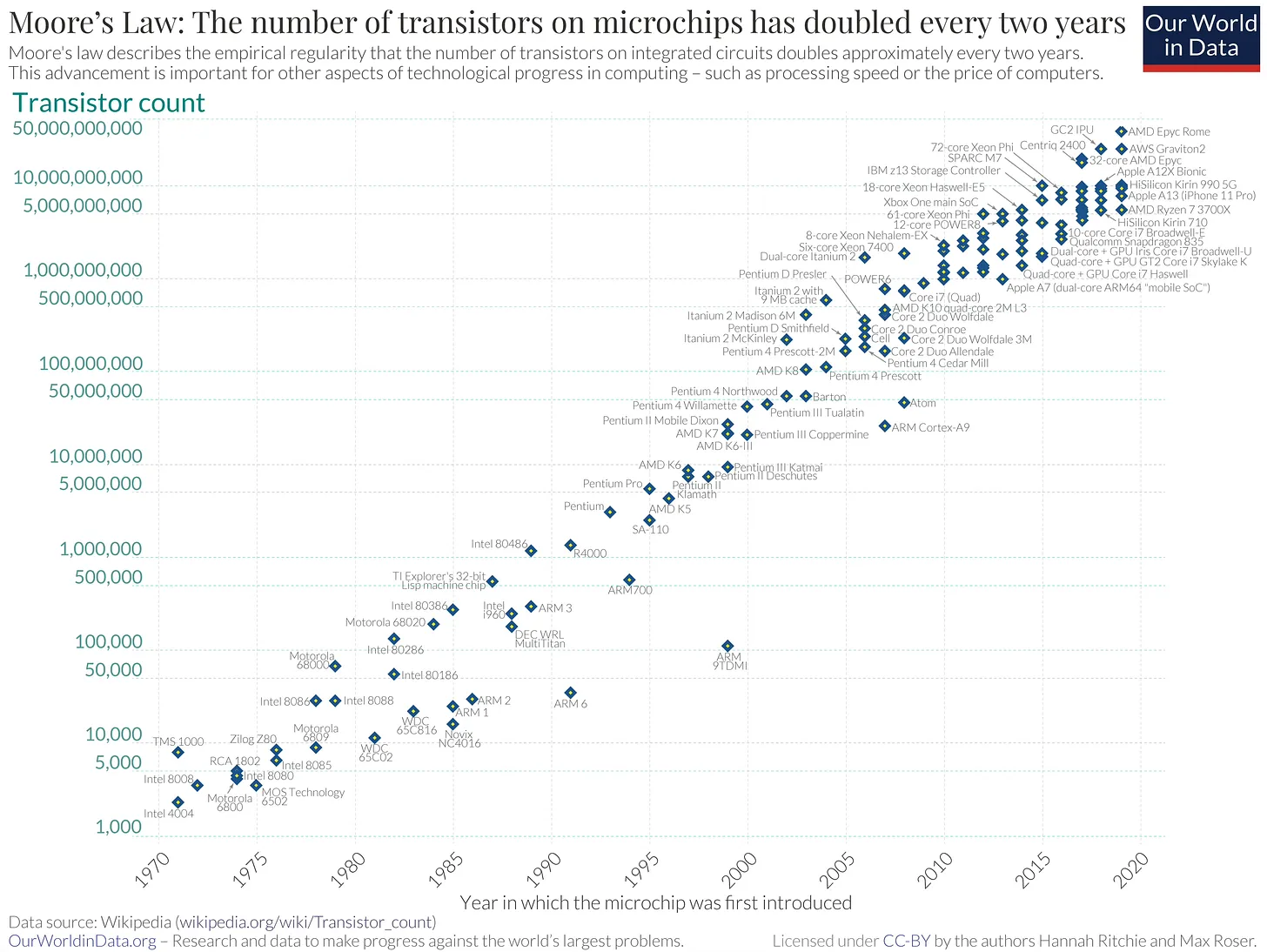 Fun fact: today’s electric toothbrushes contain more transistors (5000) than early 1970s Intel computers (2000-3000).
Fun fact: today’s electric toothbrushes contain more transistors (5000) than early 1970s Intel computers (2000-3000).
That brings us to the real estate industry
“I don’t like real estate, doesn’t scale”
– Lukas Matsson, the tech billionaire from “Succession”
I think Lukas hit on the industry’s most critical challenge: real estate is still part of the old world, where things were slower to change.
That’s because the industry’s biggest weakness comes from its core strength - physicality.
It’s much easier to adapt when you’re a freelance taxi driver than when you’re running a 500-person company building a multimillion-dollar, 50-story, 150,000-ton skyscraper.
You just can’t pivot with that.
Let that sink in for now.
TBC…
